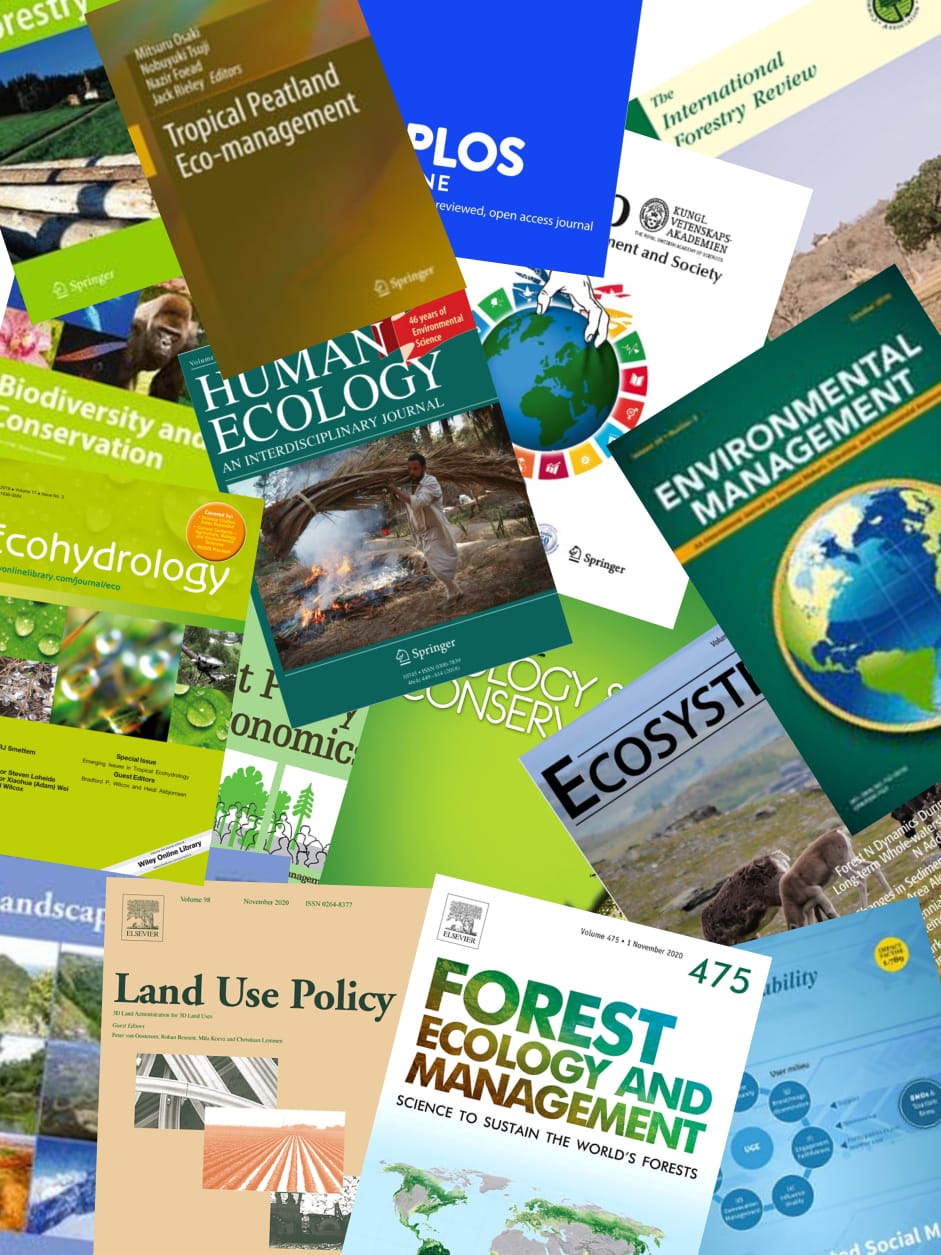Humans have been part of the ecology of Southeast Asian rainforests for millennia. Understanding the hunting practices of forest-dwelling people is important for designing policies and practices aimed to protect both vulnerable wildlife populations and human communities. The Jahai people are forest-dwelling hunter-gatherers living in northern Peninsular Malaysia and believed to be direct descendants of the first anatomically modern humans that arrived to the Malay Peninsula at least 50,000 years ago. We conducted semi-structured interviews in three Jahai villages around the Royal Belum State Park, asking about their knowledge and hunting habits of 11 wild mammal species. Specifically, we asked whether they were able to identify and whether they hunted the 11 animals, their relative prey preference, perceived trends of the animals’ populations, and how they hunted and handled them. Our respondents were familiar with all the species in the survey. None of the 87 respondents claimed to hunt tigers and elephants. The most preferred and commonly hunted species were medium-sized arboreal animals (gibbons and giant squirrels, hunted by >80% of respondents), whereas larger and more dangerous animals (gaur, sun bear, and tapir) were only hunted by a minority (<10%). The Jahai use traditional hunting methods, mainly blowpipes, spears, traditional snares, and fire traps (for smoking animals out of burrows). Only two respondents reported using firearms. Elephant numbers were perceived to be stable; all the other species were perceived to be declining moderately. Almost all the meat caught by the Jahai is for self-consumption, very little is traded with outsiders. The impacts of Jahai hunting on wildlife populations remain unclear, but our study provides a fundamental understanding of Jahai hunting practices for future management and conservation purposes. © 2019 The Authors
View source

